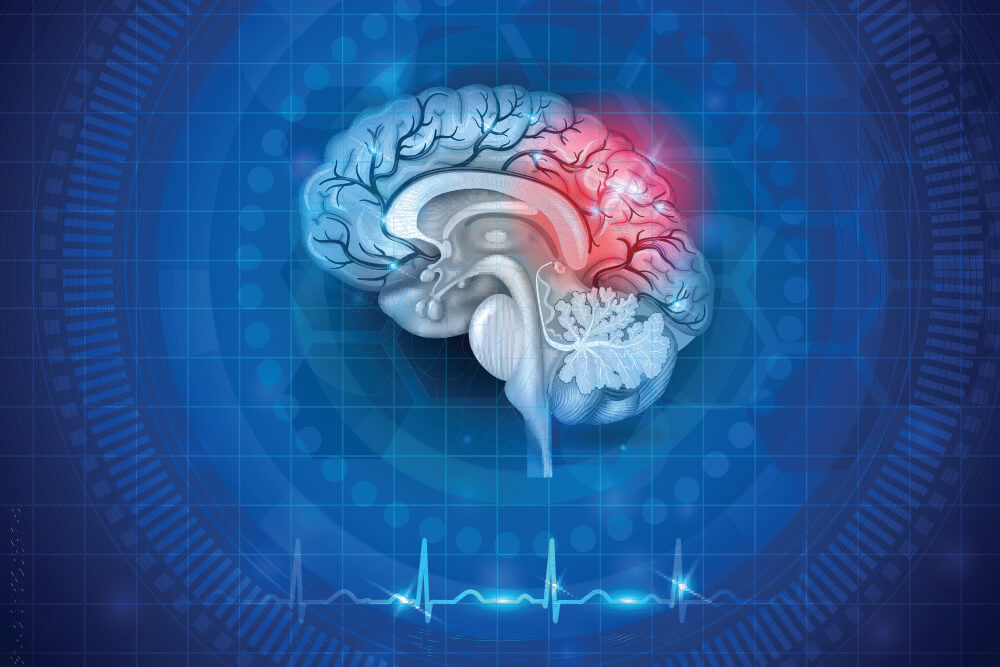87% of all strokes
are ischemic stroke, which is when the blood flow is blocked to the brain.
Explore all of the different types of strokes including details and images, presented in a way that makes it easy for stroke survivors, families, friends and caregivers to understand.
Is an irregular and very rapid heart rhythm (arrhythmia) that can lead to blood clots in the heart. AFib increases the risk of stroke, heart failure and other-related complications.
Occurs when blood clots or other particles such as fatty deposits typically called plaque, block the blood vessels to the brain, resulting in the loss of critical functions controlled by the brain.
Occurs when blood from an artery suddenly begins bleeding into the brain. As a result, the part of the body controlled by the damaged area of the brain cannot work properly. There are two main types of hemorrhagic stroke: There are two main types of hemorrhagic stroke: Intracranial hemorrhages, when the bleeding occurs inside the brain, and Subarachnoid hemorrhages, when the bleeding occurs between the brain and the membranes that cover it.

are ischemic stroke, which is when the blood flow is blocked to the brain.

in the US suffer from strokes annually.